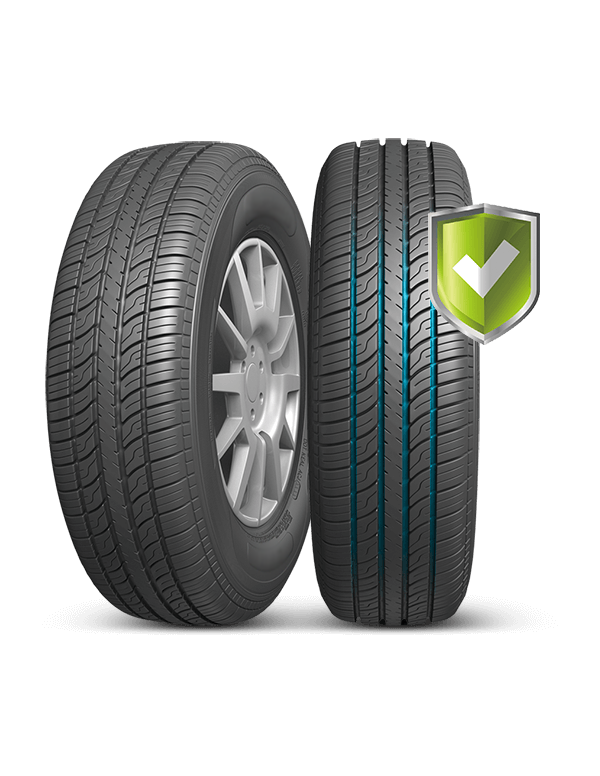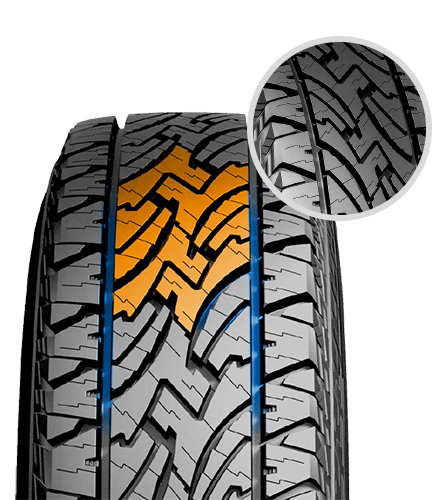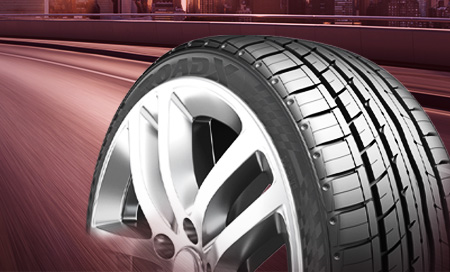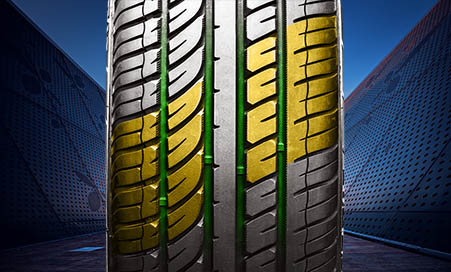TYRE MAINTENANCE
MAINTENANCE GUIDE
Your road safety rides on your tyres as they are the vehicle's only point of contact with the road, and grip is what keeps a car stable around corners. They are also your anchor, with the ability to carry the entire stopping force of the brakes. Worn tyres can be lethal, which is why it is important to check for under and over inflation once a month, as either can damage tyres, under inflation more so than over inflation.
Apart from checking pressure, have tyres professionally inspected during each vehicle service or when the tyres are rotated. ROADX recommends vigilance in tyre maintenance.

CHECK OUT THE CONSEQUNCES THAT CAN RESULT FROM INCORRECT TYRE INFLATION.
| Inflation Problem | Consequence |
|---|---|
| Under-inflation | Reduced fuel performance |
| Under-inflation | Tyre failure due to additional stress on sidewalls |
| Under-inflation | Reduced handling due to tyres flexing |
| Under-inflation | Quicker tread wear |
| Over-inflation | Harsher ride and increased stress on suspension |
| Over-inflation | Increased chance of blowout |
HOW TO CHECK YOUR TYRES
It’s not good enough to wander around the car kicking the tyres. The best way is to buy a tyre gauge, which are very reasonably priced. Make sure you match each tyre pressure on the gauge with the recommended tyre pressure located in the vehicle’s owner manual or on the door pillar label. Also, check the tread depth. Use a key in the grooves of the tyres to inspect for tread wear. (See more on this below).
CHECK TYRE PRESSURE
The first thing to check, and something that should be checked most often, is the tyre pressure. Every car has an information plate, usually inside the driver's door, which shows the manufacturer's recommended tyre pressures for that vehicle. While many tyres do have a pressure figure listed on the sidewall, this is the maximum pressure the tyre is designed to withstand, not the recommended inflation level. Always take the inflation figures from the car, not from the tyres.










